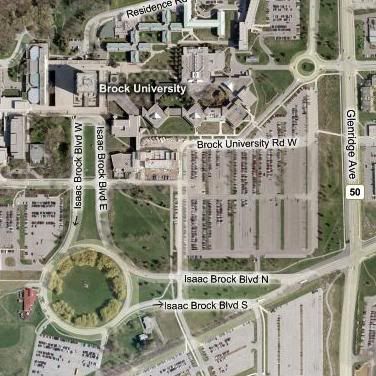107th Avenue traffic circle too costly to replace
Susan Ruttan, edmontonjournal.com
Published: Friday, May 16
EDMONTON - Despite efforts to make it safer, the traffic circle on 107th Avenue and 142nd Street remains a major collision site, a new report says.
The ultimate solution to the problem is to replace the traffic circle with a regular intersection, says the report going to city council's transportation and public works committee next week.
However, since that would cost up to $15 million, the report recommends some short-term fixes to try to reduce collisions in the traffic circle.
New lane-use signs will go up, pavement markings will be repainted, and a pamphlet is being prepared to explain how to navigate a traffic circle.
Gerry Shimko, executive director of traffic safety for the city, said today that Edmonton police will hand out the pamphlet.
He said work is also being done on making a video that will be put on the city website to show drivers how to use a traffic circle.
The curious thing about traffic circles, Shimko said, is that even the one with traffic lights at all four corners - located on 118th Avenue and Groat Road - has a high collision rate.
Coun. Linda Sloan, who asked for the report, said while replacing the 107th Avenue traffic circle would be the best solution, the city doesn't have the money right now to do that. In the interim, she said, it's important to put better signs up for drivers entering the traffic circle to help them navigate it.
sruttan@thejournal.canwest.com
© Edmonton Journal 2008








